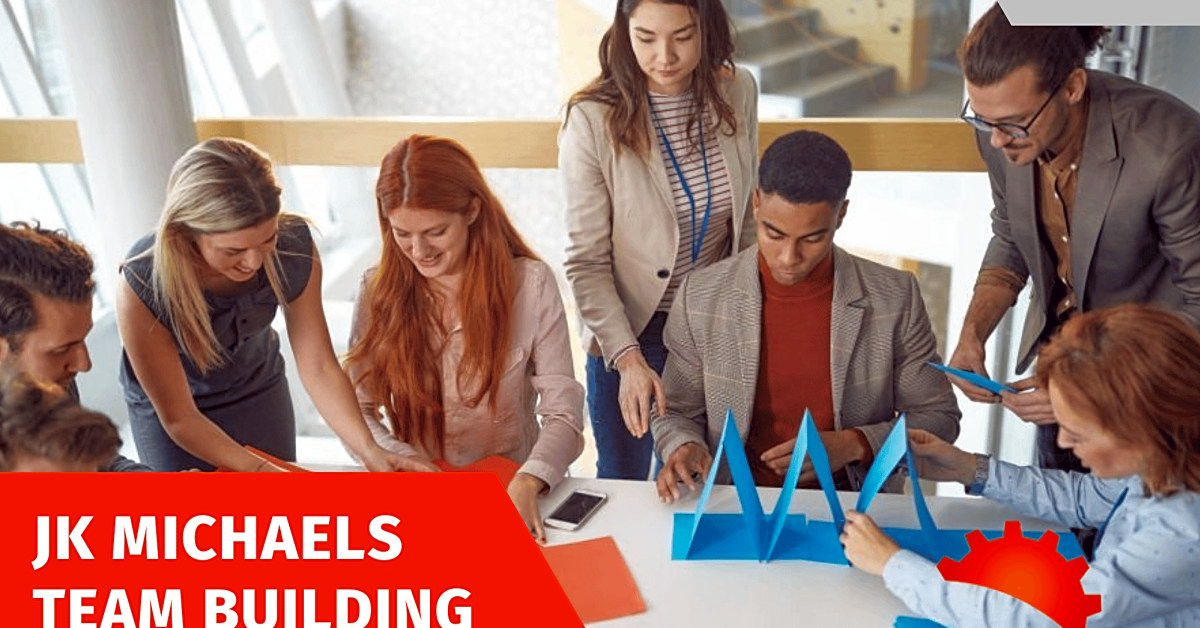In today’s rapidly changing business landscape, organizations are constantly seeking ways to optimize their resources and improve their overall efficiency. A crucial aspect of this process is maximizing human capital – the collective skills, knowledge, and abilities of employees within an organization. By effectively managing and building teams, businesses can harness the full potential of their human capital and achieve higher levels of organizational efficiency. In this article, we will delve into the strategies and techniques that can help businesses maximize their human capital for optimal performance. From creating a positive work culture to leveraging individual strengths, we will explore various aspects of human capital management and how it ties into organizational efficiency. So, let’s dive in and discover how you can unlock the full potential of your workforce and take your organization to new heights.
To begin, let’s delve into the concept of human capital and its importance in organizational efficiency. Human capital refers to the skills, knowledge, and capabilities of an organization’s workforce. It is the most valuable asset of any organization as it drives productivity, innovation, and overall success. Therefore, it is essential for organizations to invest in their human capital by providing training, development opportunities, and a positive work culture.
Next, we will explore strategies and techniques for effective management and team building. This includes clear communication, setting expectations, providing feedback, and fostering a collaborative environment. These practices not only improve team dynamics but also lead to increased productivity and employee satisfaction.
Another crucial aspect of maximizing human capital is problem-solving and decision-making. This involves identifying issues, analyzing data, brainstorming solutions, and making informed decisions. By developing problem-solving skills within your team, you can tackle challenges more efficiently and make better decisions that positively impact your organization’s efficiency.
Process improvement is also key to optimizing resources. This involves identifying areas for improvement, streamlining processes, eliminating waste, and continuously seeking ways to enhance efficiency. By regularly reviewing and improving processes, organizations can reduce costs, save time, and increase productivity.
To ensure the success of these strategies and techniques, it is important for business leaders to continuously work on becoming better leaders themselves. This includes self-reflection, seeking feedback, and continuously learning and growing. By embodying effective leadership qualities, you can inspire and motivate your team to reach their full potential.
In conclusion, maximizing human capital is essential for organizational efficiency. By investing in your workforce, implementing effective management and team building strategies, improving problem-solving and decision-making skills, and continuously seeking ways to optimize processes, you can achieve optimal efficiency and drive your organization towards success.
Problem-Solving and Decision-Making
When it comes to maximizing human capital for organizational efficiency, problem-solving and decision-making are crucial skills to have. These skills involve identifying issues, analyzing data, brainstorming solutions, and making informed decisions.
Identifying issues requires a thorough understanding of the organization’s goals and objectives, as well as the current challenges it faces. This may involve conducting research, gathering feedback from employees, and analyzing data to determine where the issues lie.
Once the issues have been identified, the next step is to analyze the data to gain a deeper understanding of the root causes. This may involve looking at trends, patterns, and other factors that may be contributing to the problem.
Brainstorming solutions is a collaborative process that involves gathering input from various team members. This allows for a diverse range of ideas and perspectives to be considered, leading to more creative and effective solutions.
Finally, making informed decisions involves weighing the pros and cons of each potential solution and choosing the best course of action. This may involve consulting with stakeholders, conducting cost-benefit analyses, and evaluating the potential impact on the organization.
Becoming a Better Leader
In order to maximize human capital for organizational efficiency, it is important for leaders to constantly work on becoming better leaders themselves. This involves self-reflection, seeking feedback, and continuous learning and growth.
Self-reflection allows leaders to evaluate their own strengths and weaknesses, and identify areas for improvement. By regularly reflecting on their actions and decisions, leaders can become more self-aware and make necessary changes to become more effective.
Seeking feedback from colleagues, employees, and superiors is also crucial in becoming a better leader. Constructive criticism and feedback can provide valuable insights into how a leader is perceived and areas where they can improve.
Continuous learning and growth is also essential for becoming a better leader. This can include attending workshops, seminars, or courses on leadership, as well as reading books and articles on effective leadership techniques.
Process Improvement
One key aspect of maximizing human capital for organizational efficiency is process improvement. This involves identifying areas for improvement, streamlining processes, eliminating waste, and continuously seeking ways to enhance efficiency.
By regularly evaluating and analyzing processes, organizations can identify inefficiencies and implement changes to streamline operations. This not only saves time and resources, but also improves overall productivity and output.
Effective communication and collaboration within teams is crucial in this process, as it allows for the identification of potential areas for improvement and the implementation of solutions. Additionally, incorporating problem-solving and decision-making skills into the process improvement strategy can help identify root causes of inefficiencies and develop effective solutions.
Organizations should also focus on eliminating any unnecessary steps or tasks that do not add value to the end goal. This can include automating certain processes, reducing paperwork, and leveraging technology to streamline operations.
Furthermore, continuous improvement should be ingrained in the company culture to ensure that processes are constantly being evaluated and optimized. Regular training and development opportunities for employees can also help improve their skills and contribute to the overall process improvement efforts.
Effective Management and Team Building
In order to maximize human capital for organizational efficiency, effective management and team building are essential components. Clear communication, setting expectations, providing feedback, and fostering a collaborative environment are key strategies for achieving this goal.
Clear communication is crucial for effective management and team building. This involves clearly stating goals, expectations, and responsibilities to all team members. Regular check-ins and open lines of communication can help ensure that everyone is on the same page and working towards the same objectives.
Setting expectations is another important aspect of effective management and team building. This includes not only outlining tasks and deadlines, but also defining roles and responsibilities within the team. When everyone knows what is expected of them, it can prevent confusion and improve overall efficiency.
Providing feedback is an essential tool for improving performance and fostering growth within a team. Constructive feedback can help team members identify areas for improvement and make necessary adjustments to their work. It also shows that their contributions are valued and can boost morale within the team.
Fostering a collaborative environment is crucial for effective management and team building. This involves creating a supportive and inclusive culture where team members feel comfortable sharing ideas, asking questions, and working together towards common goals. Collaboration can lead to innovative solutions and stronger teamwork.
In today’s fast-paced business world, organizations must constantly adapt and evolve to stay competitive. By maximizing human capital through effective management and team building, problem-solving and decision-making, process improvement, and continuous personal development, businesses can achieve optimal efficiency and drive towards success.







